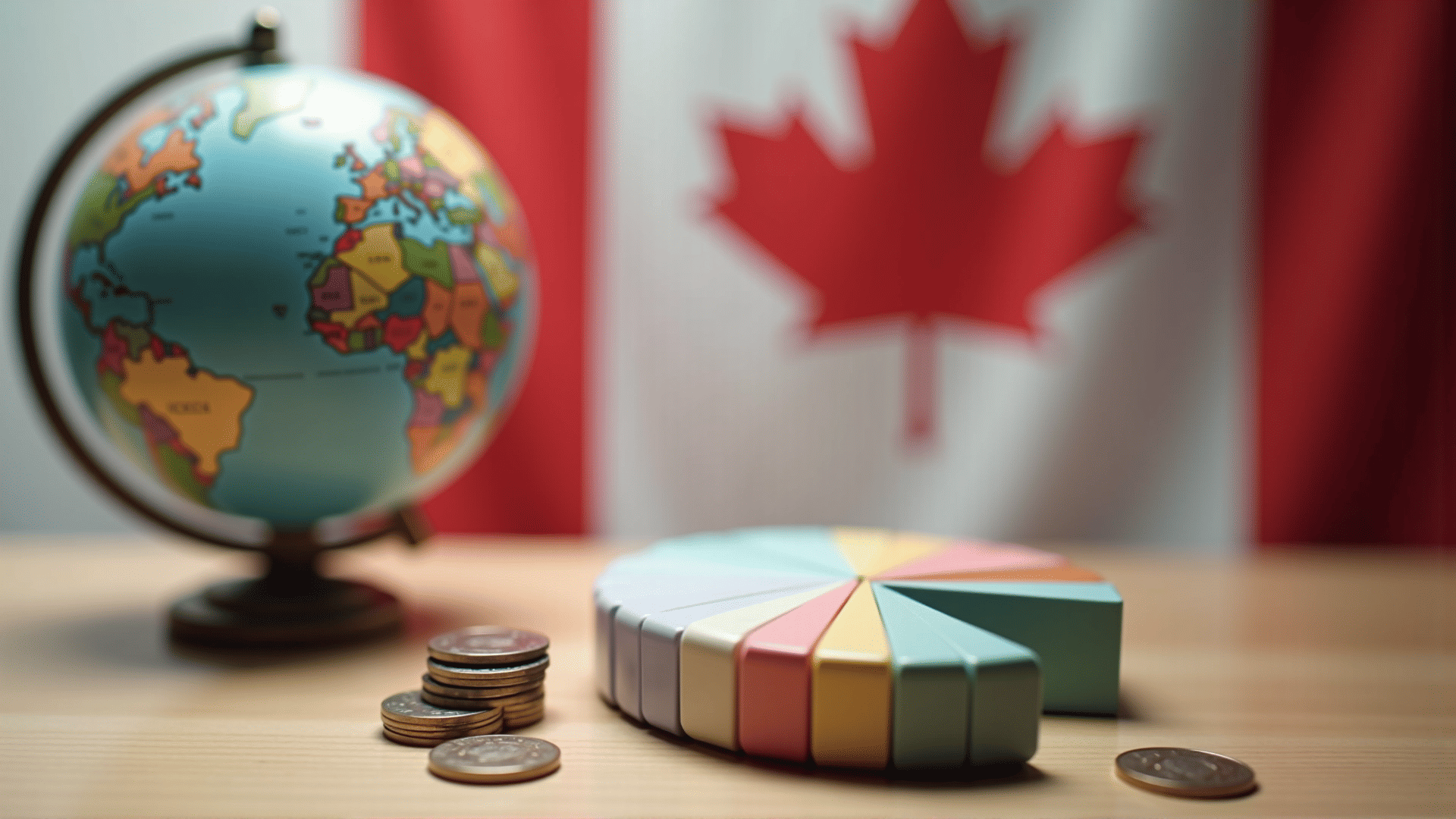Understanding the landscape of a nation's economy requires careful analysis of various indicators that reflect its health and growth trajectory. In Canada, several key indicators play an essential role in shaping economic decisions and policies. These elements provide insights into the economic well-being of the nation and are crucial for government bodies, businesses, and individuals alike.
One of the primary indicators is the Gross Domestic Product (GDP), which measures the total value of goods and services produced within Canada over a specific period. It serves as a comprehensive scorecard of the country’s economic health. A rising GDP points to a robust economy, whereas a declining GDP might indicate economic challenges.
In parallel, the unemployment rate is another vital indicator. It tracks the percentage of the workforce that is actively seeking but unable to find employment. A low unemployment rate generally suggests a healthy economy with plenty of job opportunities, whereas a high rate might signal economic distress and a potential need for policy intervention.
Inflation rates are also a central focus. Inflation measures the rate at which the general level of prices for goods and services rises, eroding purchasing power. Maintaining a moderate inflation rate is crucial for sustaining economic stability and ensuring consumer confidence.
Interest rates, set by the Bank of Canada, have a profound impact on the economy as well. By influencing borrowing costs for consumers and businesses, these rates can either stimulate economic activity or cool it down to prevent overheating. Strategic adjustments to interest rates can help manage inflation and encourage economic growth.
The trade balance, which assesses the difference in value between a country's imports and exports, provides insights into Canada's economic interactions with the global market. A positive trade balance, or surplus, indicates that exports exceed imports, contributing positively to GDP, while a deficit could suggest economic reliance on foreign goods.
Another important measure is consumer confidence, which gauges the optimism of households regarding their financial situation and the country's economic prospects. High consumer confidence can lead to increased consumer spending, driving economic growth, while low confidence might curtail spending and slow down the economy.
Monitoring these indicators helps create a comprehensive picture of the Canadian economy's current state and future outlook. They guide policymakers in crafting decisions that address economic challenges and enhance prosperity, ensuring sustainable growth for the nation.
